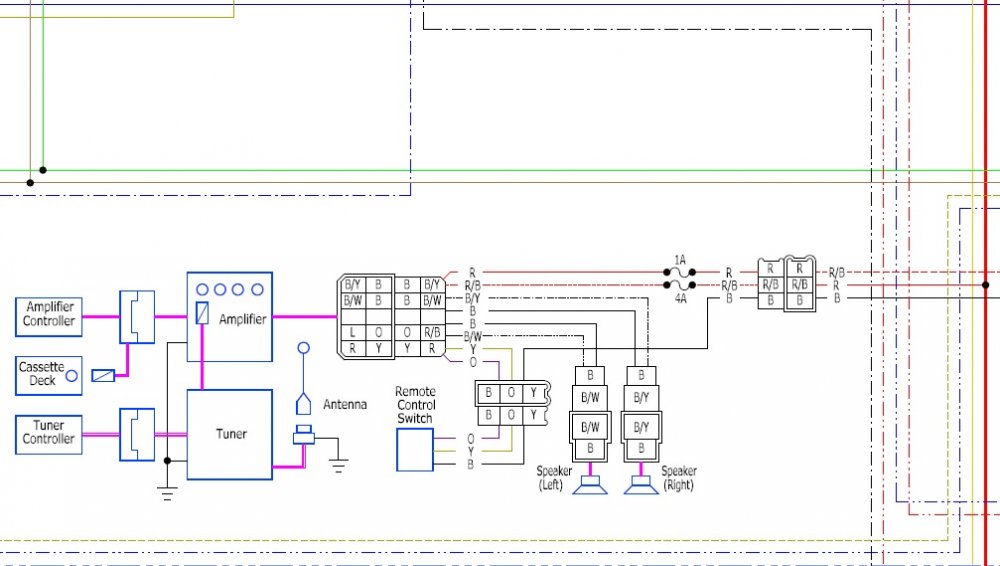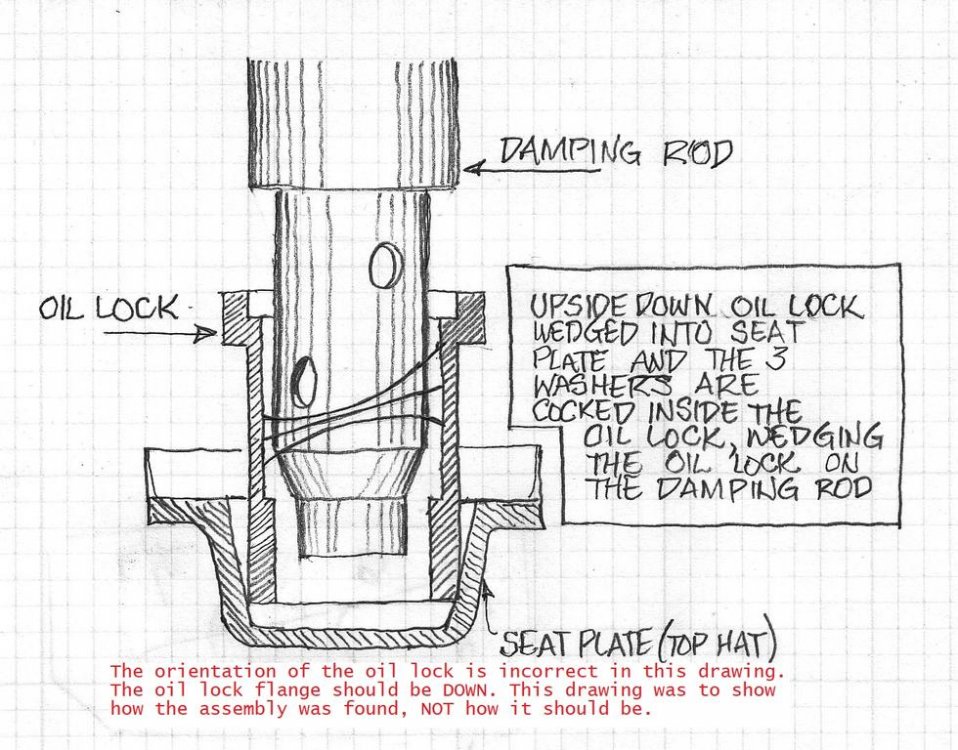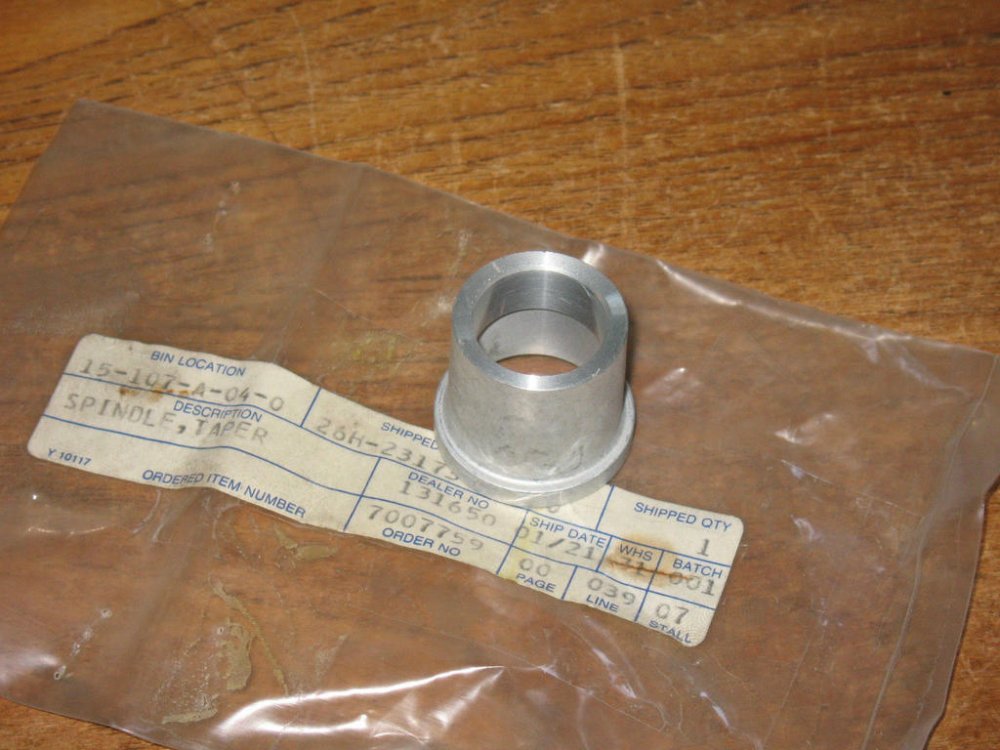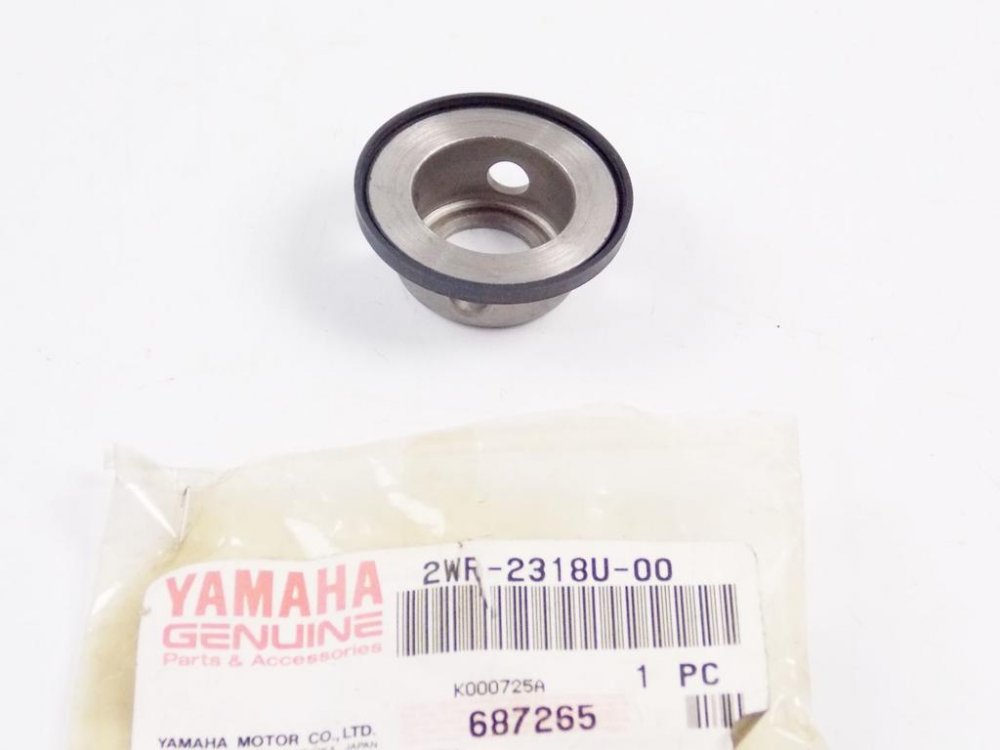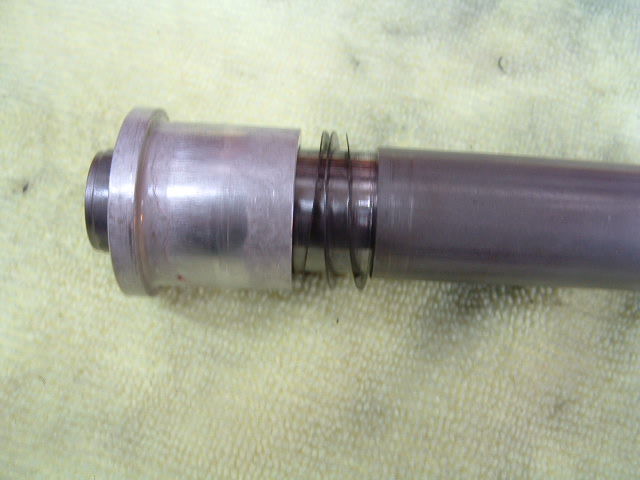-
Posts
3,621 -
Joined
-
Last visited
Content Type
Profiles
Forums
Gallery
Events
Store
Everything posted by Prairiehammer
-

Saddle Bag Leaking
Prairiehammer replied to rrod1393's topic in Venture and Venture Royale Tech Talk ('83 - '93)
The MKI saddlebags and trunk each should have a seal in the groove. It is part number 26H-2847F-00-00, superseded to 54K-2847F-00-00. This seal is also used on the trunk of the MKII Venture. Of course it is no longer available from Yamaha. I have seen a seal offered on eBay once, but never again. Some have inserted the proper sized window screen spline as a satisfactory substitute. You can find screen spline at home centers. -
Marcarl's method is valid; consider how the factory (either Mikuni or Yamaha) would do the float adjustment. (The factory is certainly not going to do a wet adjustment for every carb.) This pic shows the casting mark (a circle) on the jet block and the correct location of the float in relation to that casting mark.
-
Thank you!
-
Don, pictures for these two threads in the First Gen Tech Talk would be appreciated. https://www.venturerider.org/forum/showthread.php?27225-Pulling-wheel-bearings-Part-1-of-2&highlight=bearing https://www.venturerider.org/forum/showthread.php?27226-Pulling-Wheel-Bearings-Part-2-of-2&highlight=bearing Thanks, much.
-
Try making two words of "Oaktree", like this: Oak Tree. https://goo.gl/maps/YwDZJb4smPw
-

89 VR Mix Screws
Prairiehammer replied to uhfradarwill's topic in Venture and Venture Royale Tech Talk ('83 - '93)
-

Ever tried to replace a car from your past?
Prairiehammer replied to Freebird's topic in Watering Hole
Indeed, I HAVE wondered where my previous cars are. Especially, my first car; a 1966 Ford Fairlane with 390, 3 on the tree, bench seats. I "rodded" it with a "built" 390 (12:1 compression, 300° furation/.500 lift Crane cam, Hooker headers, Holley 780cfm three barrel carb and a Borg-Warner Super T-10 four speed. Installed bucket seats from a Charger and the rear seat from a Dart, new carpeting and dyed all the old tan/beige interior black. Goodyear L60-15 on the rear, Goodyear Polyglas F70 on the front, mounted on American Racing aluminum "mags". Traction bars. Rear air shocks, front Monroe HD adjustable shocks. The pictured Fairlane is not of mine, but very similar. (I didn't own a camera back in those days). I owned a 1971 Mustang Mach1 for several years until I sold it to a local guy. He showed up one night at the tavern I was bartending at with the Mach1; about 12 years after I sold it to him. He let me take it out for a spin. He had repainted it from the dark metallic green to white (to make it look like the 1971 Boss 351). His car (my car) even made it to a Mustang magazine! -

Help with a rod knock please.
Prairiehammer replied to mmaleney's topic in Venture and Venture Royale Tech Talk ('83 - '93)
Unless the engine actually fired before the hydro lock stopped the crank, I don't think the starter would generate enough force to bend the rod. Have you had it running before this episode? If you have not heard it run before, it is possible that the knock was there before and the hydro lock was just an unfortunate, but harmless episode. The excess gasoline may have diluted the motor oil sufficiently to cause the rod knock. Rod or crank bearings are not known to wear much on these engines (they are plain bearings, just like your car) UNLESS there is a LOT of mileage. There are other (less serious) things that can generate an ominous sounding "knock", but are not caused by bad crank or rod bearings. Believe it or not, I had a bottom end knock on a very low mileage 1990 19,000 miles), that went away after a proper carburetor synchronization. -
If you are talking about the rubber boots on the bottom of the air box (and not the rubber intake boots between the carbs and head), then yes, the sealant around the boots was a dealer applied fix for oil leaking from the air box onto the carbs. The fix was spelled out in Tech Bulletin M84-017. M84-017 Air Box Oil Leakage .pdf
-

Front forks wobble
Prairiehammer replied to Tattoolimbo's topic in Venture and Venture Royale Tech Talk ('83 - '93)
Not to put too fine a point on this, but there IS a difference between the 1983 front wheel and the 1989 front wheel. I don't believe it is relevant to the issue, but the 1983 front wheel/rim is narrower (2.15 inches) than all subsequent years (2.50 inches). -

Crush washer size?
Prairiehammer replied to Patmac6075's topic in Venture and Venture Royale Tech Talk ('83 - '93)
You can reuse the old washers IF you anneal them (heat to red and quench) or you can find them cheap in quantity at McMaster Carr or go to your local stealer or the local auto parts store. Check out this thread: https://www.venturerider.org/forum/showthread.php?59155-Copper-crush-washer-alternate-source-for-brakes-1st-amp-2nd-gens -

Carb Setup suggestions
Prairiehammer replied to dkaiser's topic in Venture and Venture Royale Tech Talk ('83 - '93)
The "air bypass diaphragms" (I've never heard the coasting enrichment diaphragm called that before) that ssparks905 referred to are in fact, the coasting enrichment diaphragms aka air cutoff valve. If you did not disassemble and examine the diaphragms for tears, swelling, cracking or stiffness when you "cleaned" the carbs, you did not get the entire carb cleaned or properly rebuilt (if rebuilding was your intention). Air Cut-off how it works.docx -

Teardown and rebuild into something a little more... Me
Prairiehammer replied to Loy's topic in Videos
So basically, you are adding a custom sized "Main Air Jet" on top of the pressed in OEM Main Air Jet? Is there a size designation for this restrictor? -
Losing the saddle bag lids on the 1986-1993 Ventures is an age old lament. Very early on (1987 or so), the solution has been to tether the lids to the lower part of the saddle bags with stout cord (shoe strings, braided nylon cord, spiral wound lanyards, etc.) One may attach the cords with crimp-on electrical eyes or thread the cord under the loosened latch hardware and secure when tightening the hardware mounting screws. For the best protection, use two tethers per lid (one at each end) and adjust the length of the tethers to allow the lid to hang comfortably alongside the lower bag when the lid is opened (not too long and not too short). In addition to saving the lids if they unlatch, it is very convenient to simply unlatch the lids and let them hang along side the bags, as opposed to removing them and setting the lid on the seat or on the ground while accessing the saddle bag. I have added tethers to all my MKII Ventures as soon as I have acquired them, even though I am fairly diligent about LOCKING the lids, because **** happens.
-

Fork Overhaul
Prairiehammer replied to dna9656's topic in Venture and Venture Royale Tech Talk ('83 - '93)
A bit of Vaseline on all the pieces should hold them together enough to reassemble. -

Fork Overhaul
Prairiehammer replied to dna9656's topic in Venture and Venture Royale Tech Talk ('83 - '93)
NO! Not like that! The seat plate must be flipped around, so the seal is UP!, not down like you have pictured. Concerning the drawing I made of the damping rod with oil lock and seat plate; there may have been some confusion about that drawing and the orientation of the various components depicted. To be clear: the drawing reflects the IMPROPER orientation of the oil lock AS FOUND, not as it should be. I have edited the drawing to add disclaimer and clarification. The correct assembly is depicted in this drawing: -

Teardown and rebuild into something a little more... Me
Prairiehammer replied to Loy's topic in Videos
I'm not surprised that the fuel in that tank smelled, it has been in there since 2002! The frozen (inoperable) petcock is a common 1983 malady. Yamaha changed the petcock the next year to one that could be operated with the hand and also provided a reserve position. The 1983 had no reserve and a tool was required to operate it, thus it remained in one position (ON/open) for its entire life. As for the carbs LOOKING clean, don't be fooled, they are most likely gummed up inside. Again, 16 year old fuel! Good luck. -

Fork Overhaul
Prairiehammer replied to dna9656's topic in Venture and Venture Royale Tech Talk ('83 - '93)
Doug, Doug, Doug. The Oil Lock is the aluminum thing. The seat plate, "top hat" is the steel and rubbery seal thing. And NO, my drawing reflects how your set up is NOW, NOT HOW IT IS SUPPOSED TO GO BACK TOGETHER! The correct way is: damping rod> wave washer>flat washer>wave washer>oil lock (FLANGE DOWN)>seat plate (seal UP). Just like this photo, with the addition of the seat plate: Did you not read the tech article on VRO, that I linked too? The ONLY difference between how the article describes the process and your 1988 is the addition of the seat plate ("top hat") with the SEAL UP! -

Fork Overhaul
Prairiehammer replied to dna9656's topic in Venture and Venture Royale Tech Talk ('83 - '93)
Doug, right here on THIS site is a tutorial for rebuilding the forks with lots of good self explanatory pics: https://www.venturerider.org/forum/showthread.php?496-Fork-Seal-Replacement -

Fork Overhaul
Prairiehammer replied to dna9656's topic in Venture and Venture Royale Tech Talk ('83 - '93)
26H-2319L-00-00 is the part number for the FLAT washer; 26H-2319M-00-00 is the part number for the WAVE washer! I hope you just mistyped. You said that the seat plate would not come off the damping rod. Since the oil lock was installed upside down, I wonder if the three washers have fallen down inside the oil lock where you can't see them. I also wonder, because the oil lock was installed upside down, that the small end of the oil lock has been rammed into the seat plate (top hat), effectively wedging the two together.


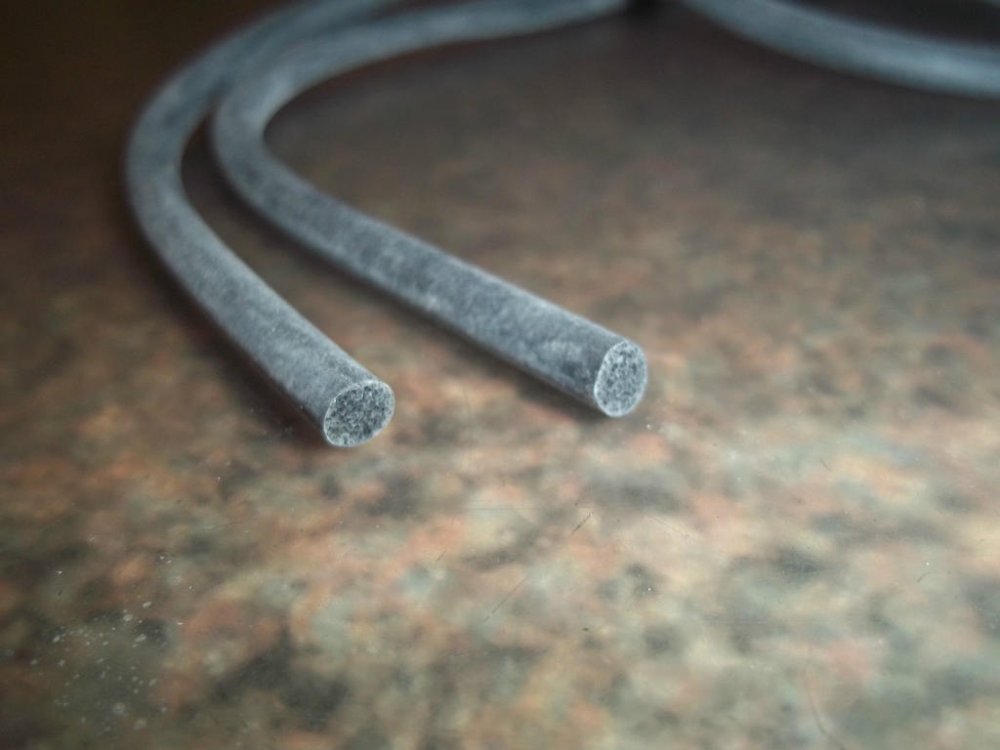
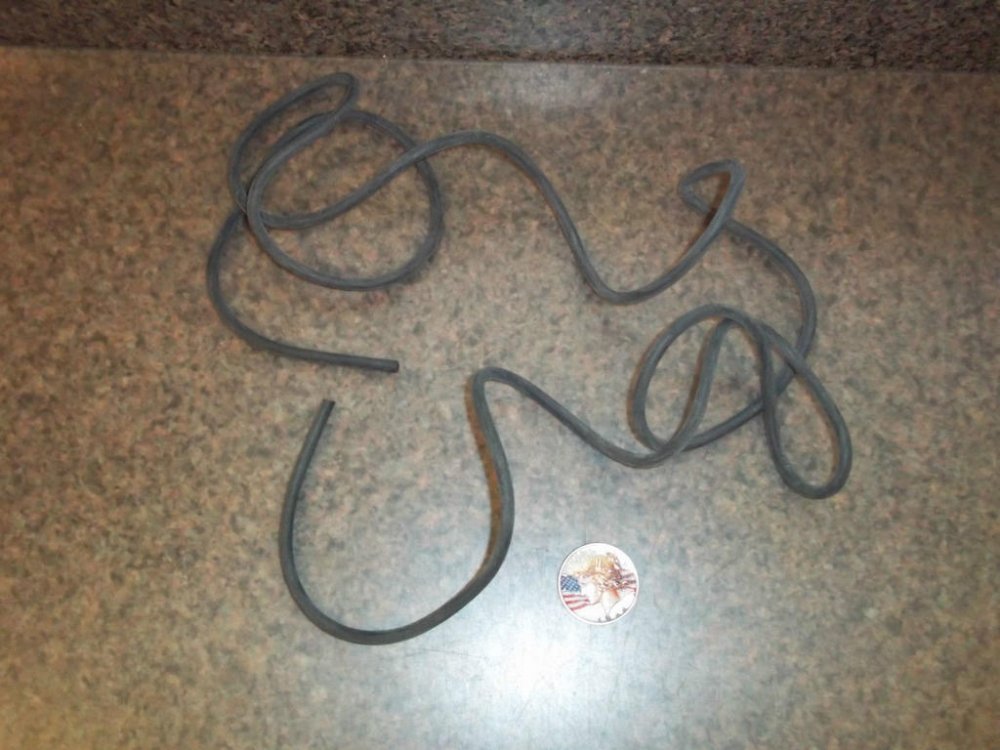
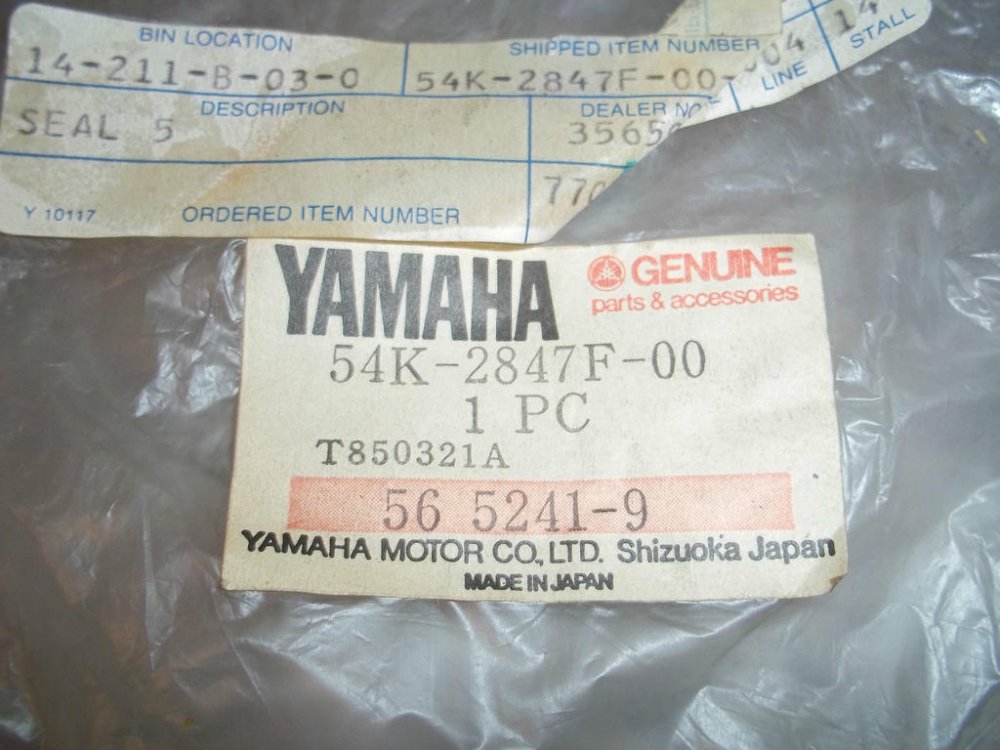



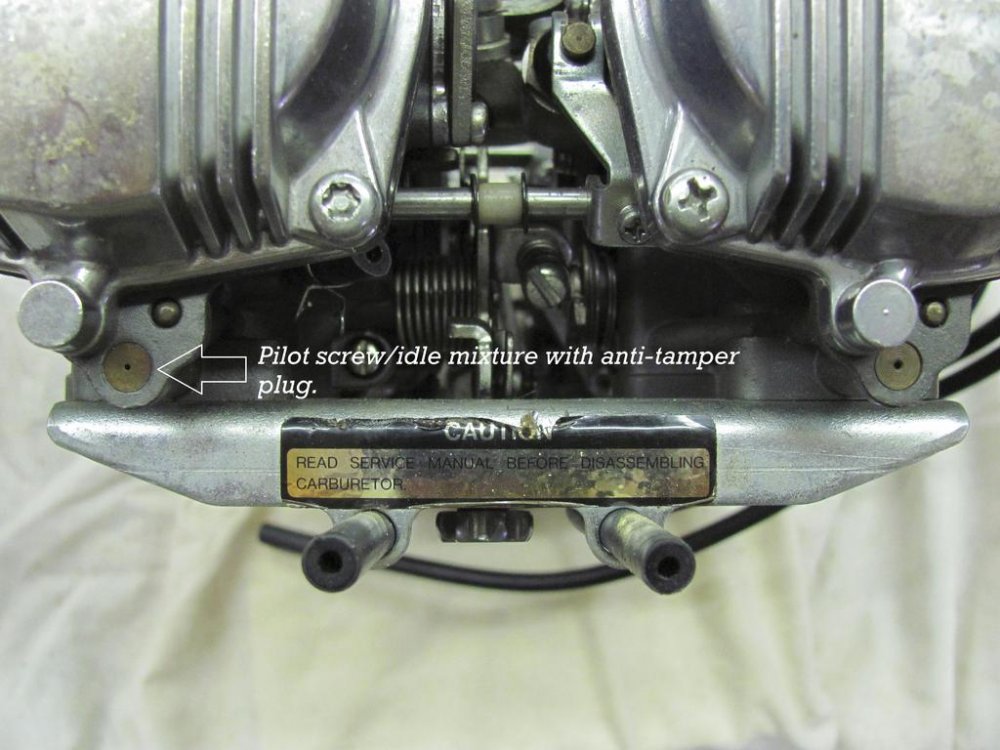
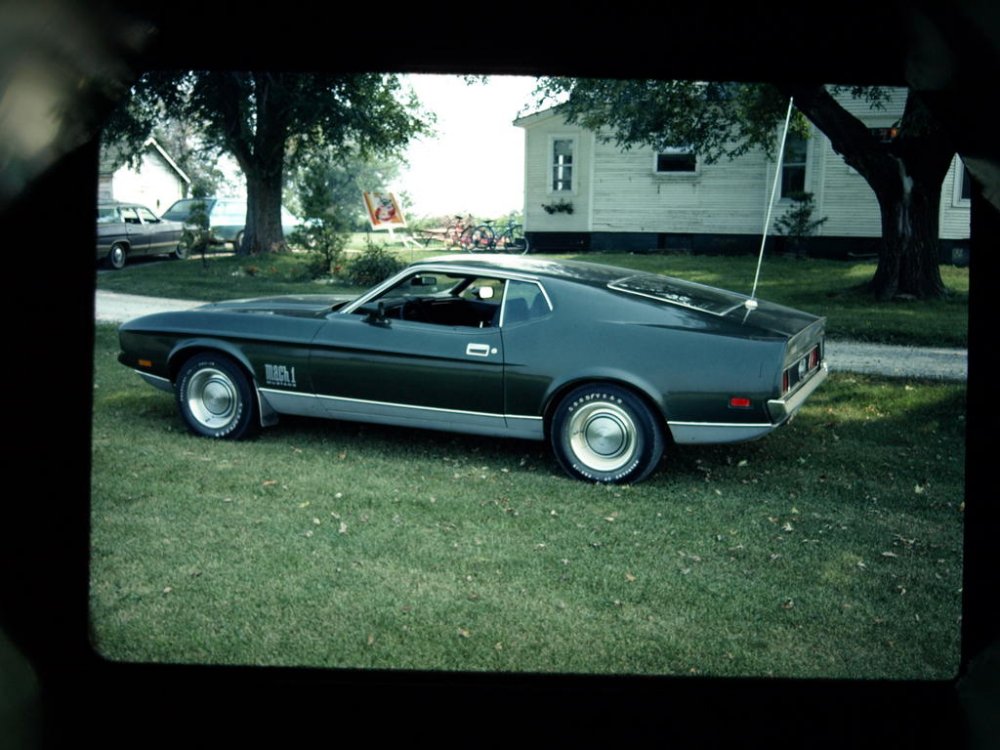
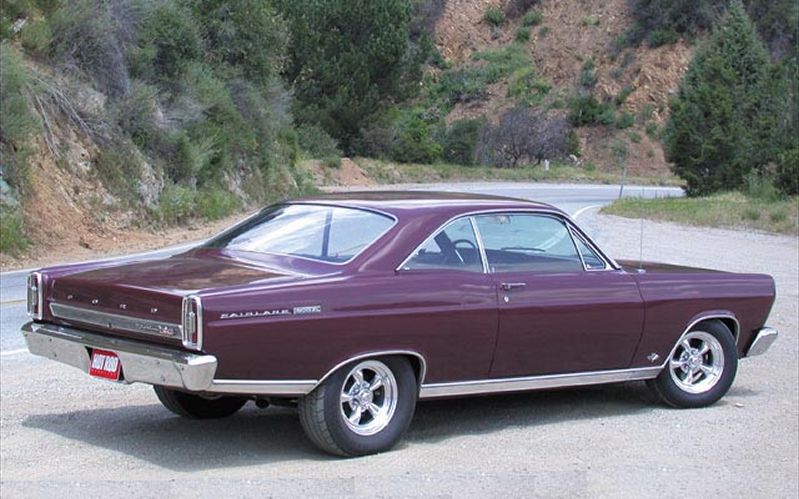
.thumb.jpg.8465cc9cb4a340f50af3ba0cf6d9bada.jpg)
